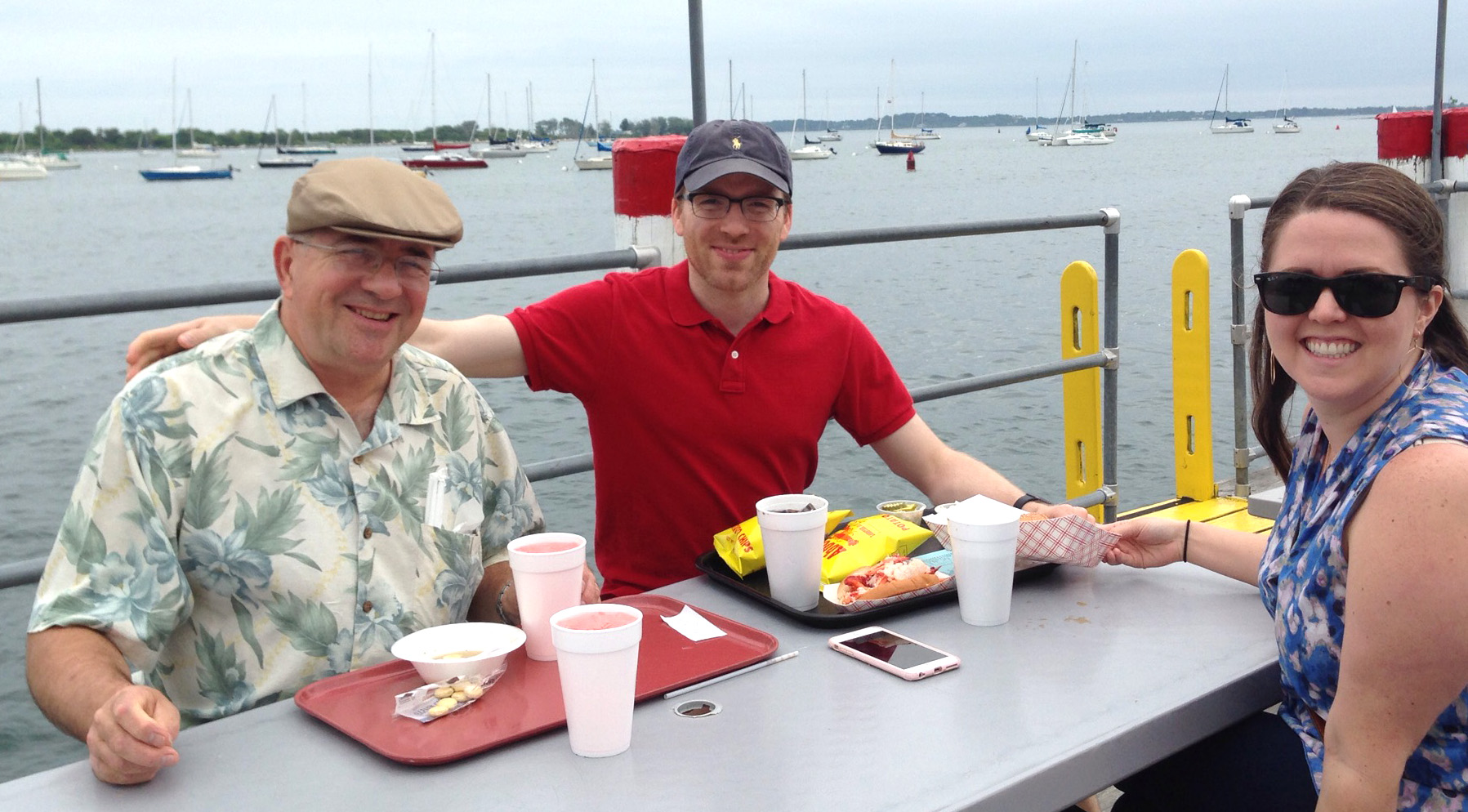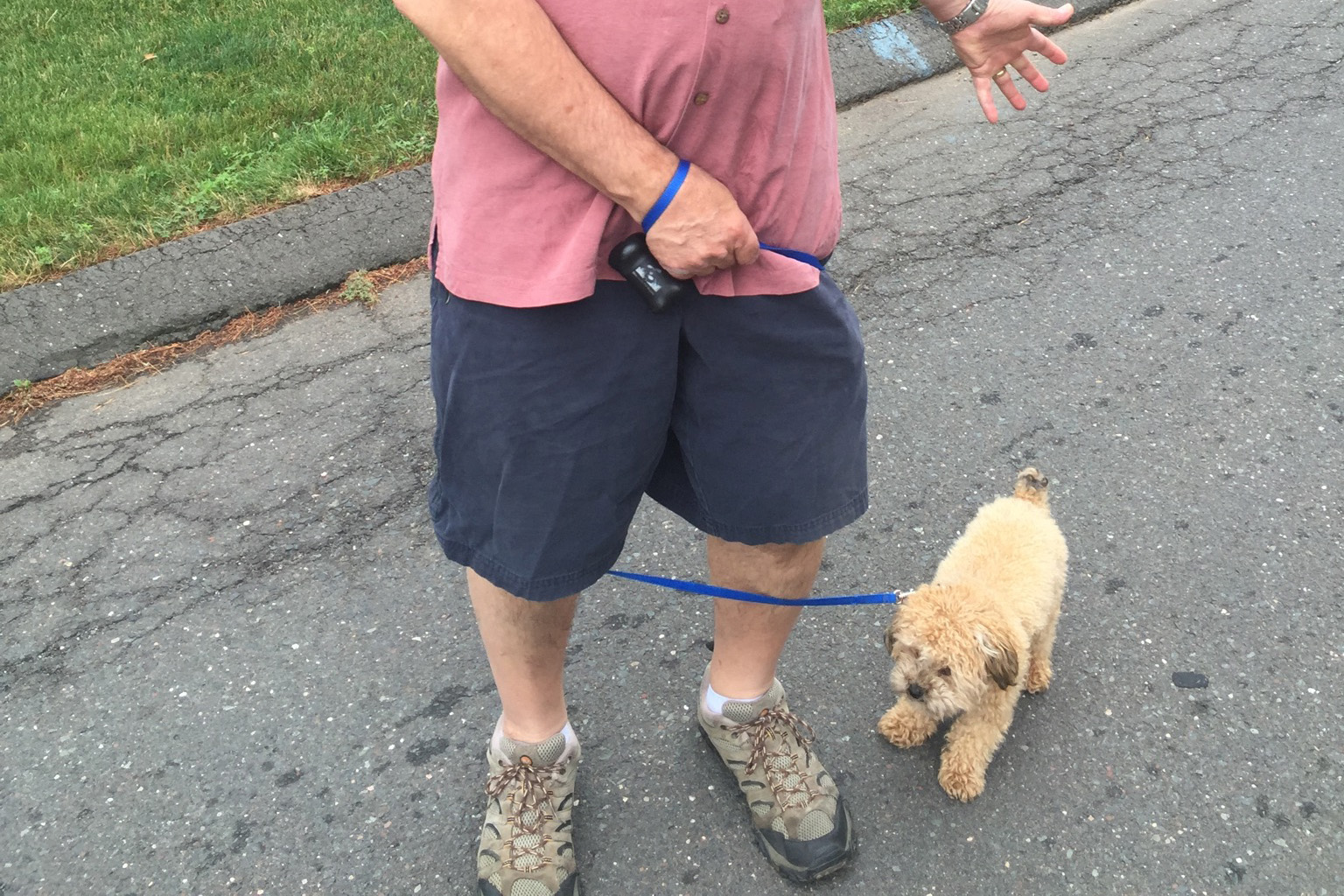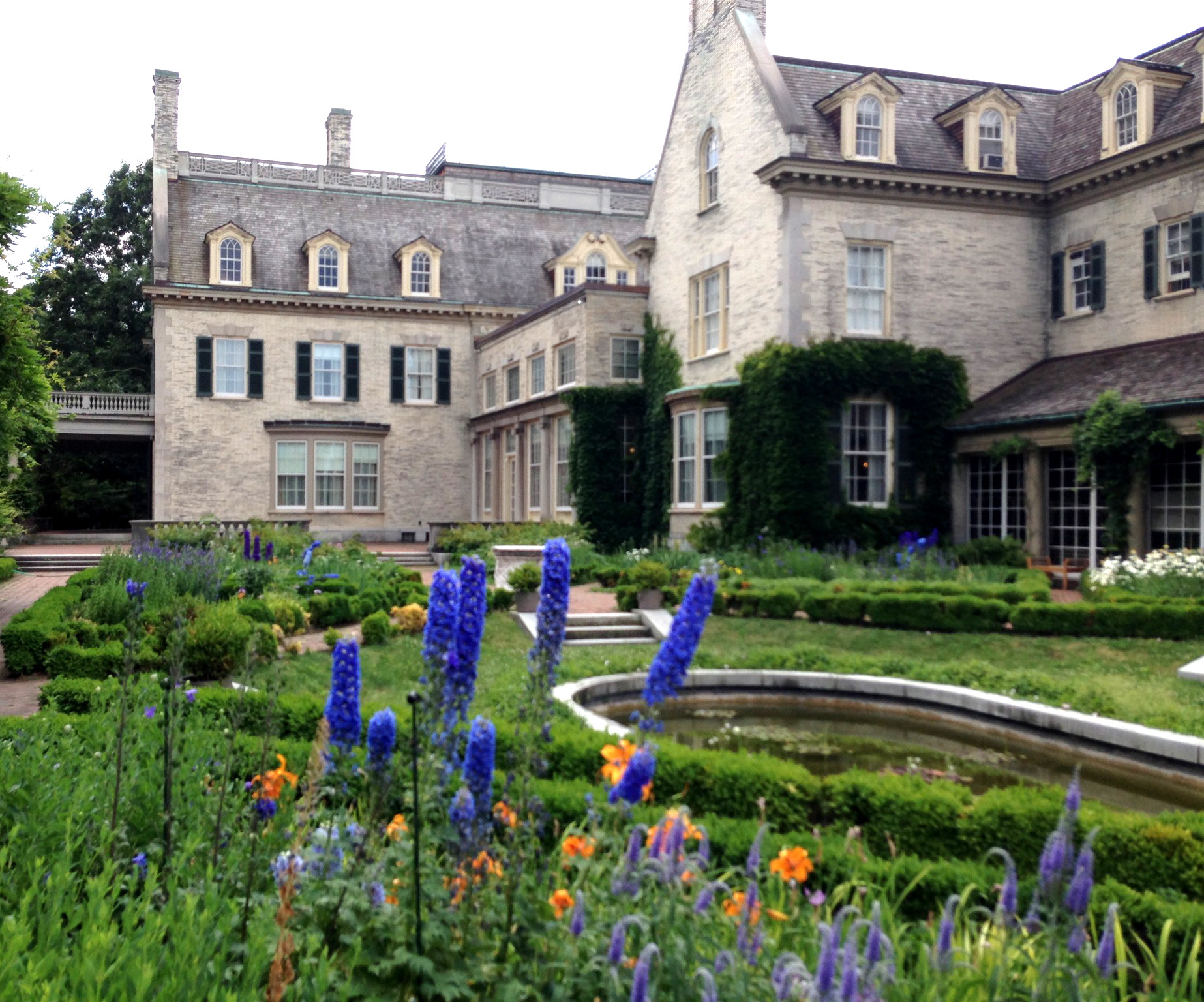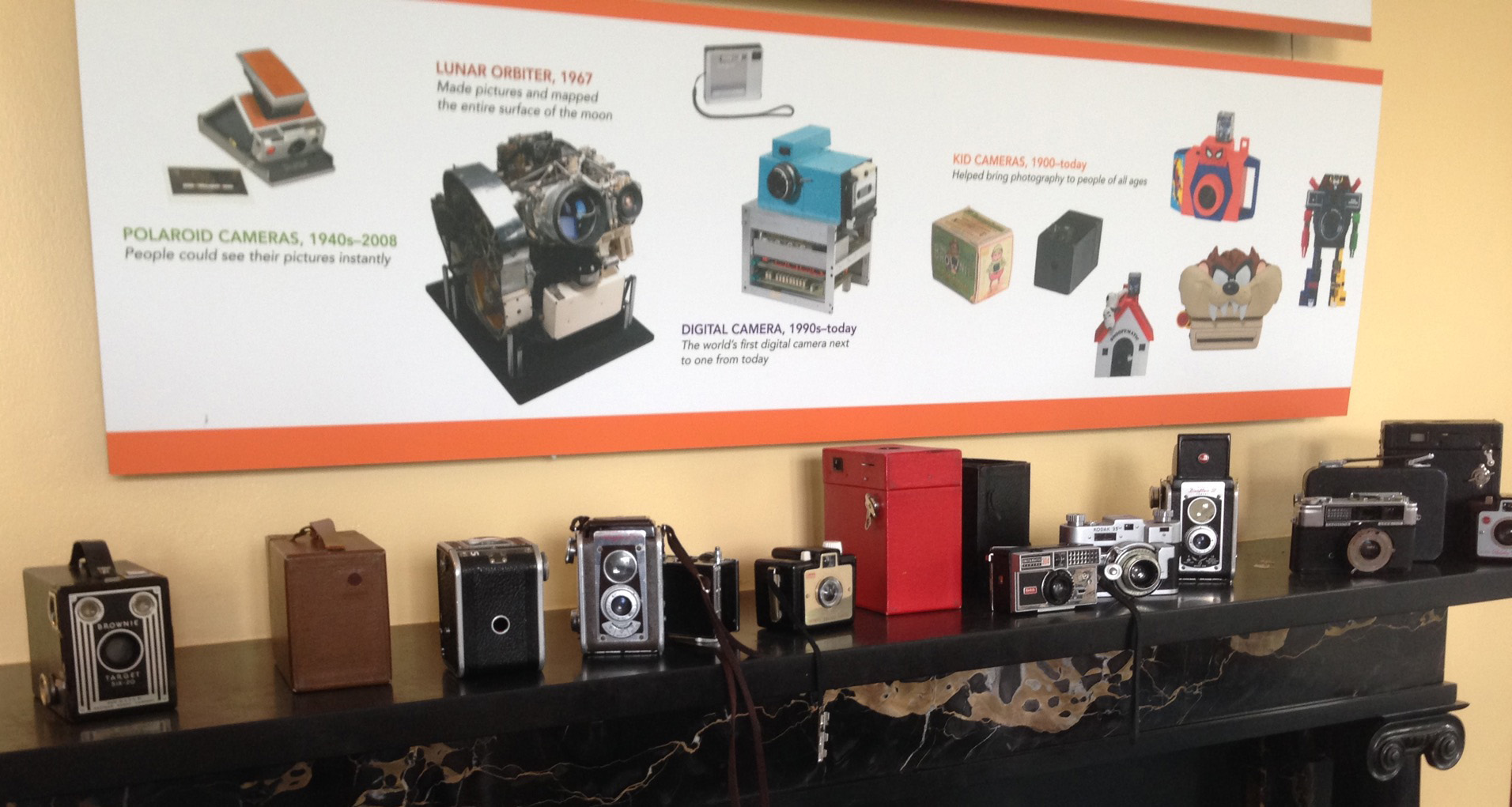We just got back from a trip to the East Coast to visit younger son, Lane and his beautiful wife, Leslie. Great trip, great visit... (he made me paint his fence) #tomsawyered
On the way there, I (Chet) fulfilled a lifelong goal -- I made my pilgrimage to the George Eastman Home and Museum.
Chet's selfie at George Eastman Home
Early photographers had to mix their own chemicals -- smelly and messy!
Who was George Eastman? If you are old enough, you may have heard of Eastman Kodak... One of the largest, most successful companies in America -- now basically gone.
George Eastman did NOT invent the camera, or film, or photography... but he did take a highly specialized, highly technical process that was only available to skilled professionals, and make it available to everyone. Eastman didn't invent photography, but you might say he invented the "snapshot". The Kodak Brownie Camera made pictures available to everyone. Prior to Kodak, a well-to-do family might have a portrait made once or twice in a lifetime, but after Brownie came out, everyone had pictures, and lots of them!
George Eastman introduced the Brownie in 1900... and in 1902 he built a 30,000 square-foot, 50 room mansion, surrounded by 8 acres of fantastic gardens and landscaping. (You might say the camera was a success.)
I learned about the Eastman House in SIU Photography School, back in the late 70s (yes, I'm THAT old!) and have wanted to see it all these years. It did not disappoint.
The home and grounds are spectacular, and the history of photography on display was priceless. I can't wait to go again.
When we left the museum, I experienced a little bit of sadness -- maybe it was nostalgia -- but some of it was also due to reflecting on families, and history, and the role photographs have in both. Needless to say, there are plenty of photographs, from a hundred years ago, of Mr. Eastman and his family and friends in and around the mansion ... and one of the main pursuits of the museum today is the care and restoration of historic films and photographs.
George Eastman and me...
But, many experts believe our current generation, which thanks to social media, is the most-photographed generation ever, may eventually be the least-known generation, because almost all of our current images are never printed or archived, but exist only on a phone, or "in the cloud" (wherever that is...). It's not so much that the files may be physically lost, but that they may become unavailable due to formats changing over time. I have a crate of LPs that I can't play because my turntable died years ago, and who knows how many floppy disks we have lying around. Right now I could still find a turntable or a floppy drive if I really needed to, but how much longer will that be possible?
Photographic prints, like the Portraits we make here at the studio, are durable for generations, and most importantly, don't require electricity or technology to see them. All you need to enjoy your Family Portrait is your eyes!
If you have the opportunity to visit the Eastman House and Museum in Rochester, New York, do not miss it! It is well worth the trip!














